London's brutalist Thamesmead estate is on the brink of renewal
Ahead of Peabody's significant regeneration of south east London's Thamesmead area, take an architectural and photographic tour of its past
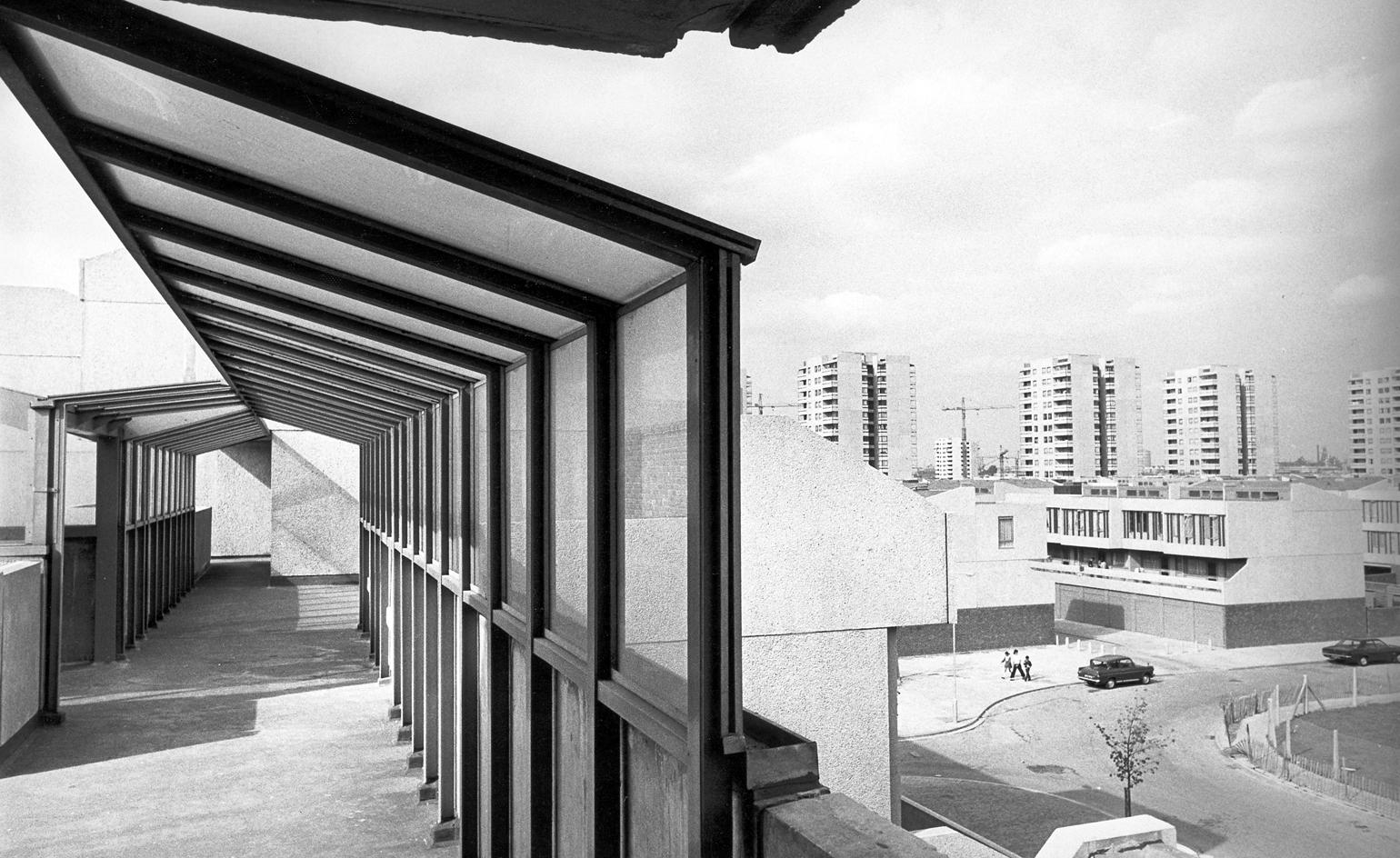
‘Thamesmead’. Semantically, the word sounds like a riverside Shakespearean ale house. But, in the public imagination, it conjures images of a 1970s, crime-ridden neighbourhood, and the droogish backdrop to Stanley Kubrick’s 1971 dystopian drama Clockwork Orange.
Initially hailed as a futuristic ‘town for the 21st century’, construction of the London City Council-commissioned Thamesmead began in 1968. Despite early promise, it quickly gained a reputation for no-go areas and poor transport links. Today, after a complicated history, punctuated by well-documented attempts to renew and rethink the area, Thamesmead is undergoing an extensive regeneration project by Britain’s oldest housing association Peabody, which promises around 20,000 new homes, and improved community facilities.
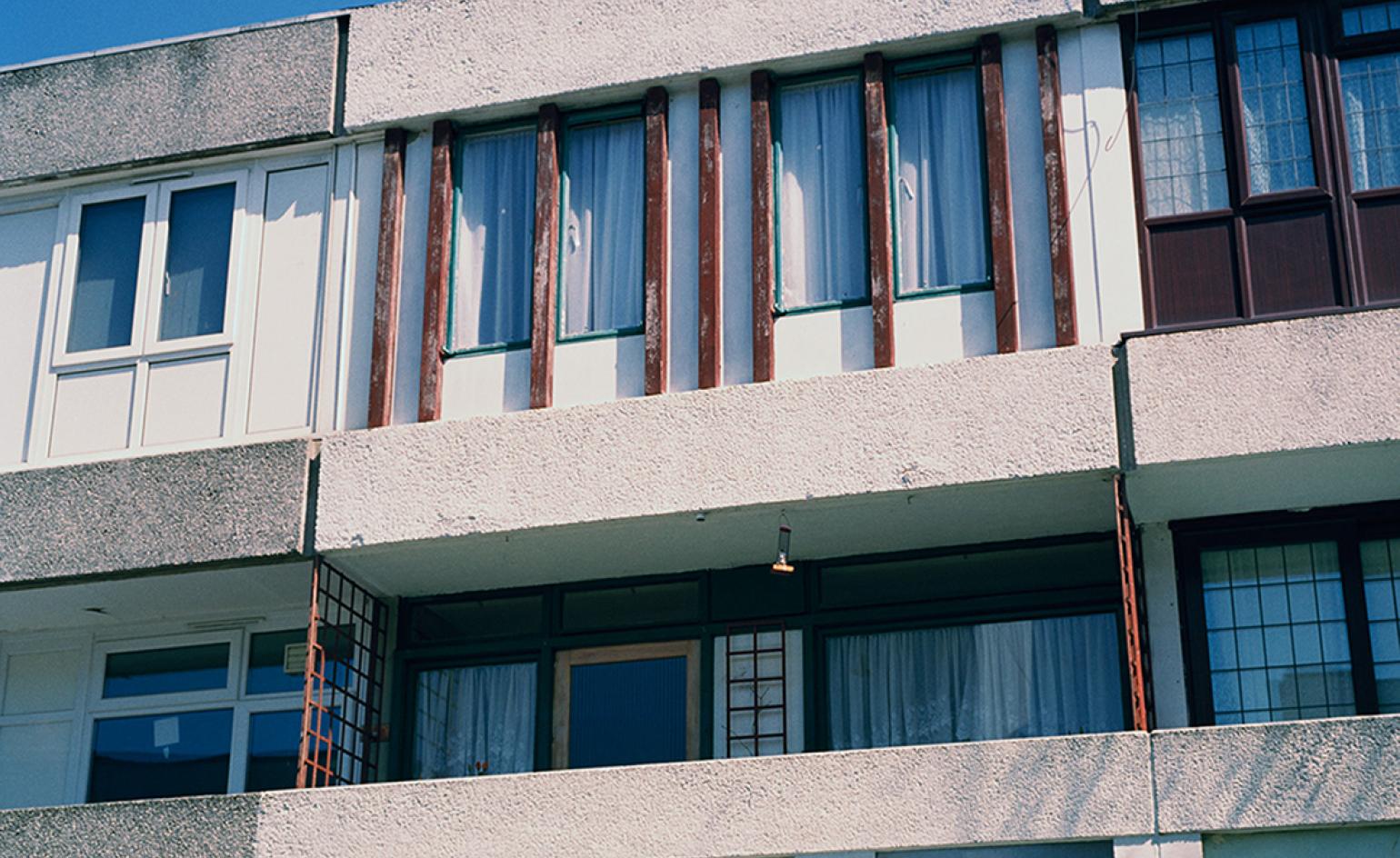
2017-19. © the artist
Many conflicting perceptions of the area (and its varied chapters) form a multifaceted portrait; one that has long fascinated photographers, no doubt drawn to Thamesmead's chipped charm. Amid celebrations of its 50th anniversary, an exhibition at RIBA revisits the area's original architectural ambitions, and looks at its current day occupation, aiming to capture its character, before Thamesmead pivots again with the next phase of its development.
In the exhibition – ‘Thamesmead: A Town For The 21st Century’ – archival images of Thamesmead, selected from the RIBA Collections, are shown alongside contemporary photographs of the estate’s residents, in a project commissioned by Peabody and NOW Gallery.
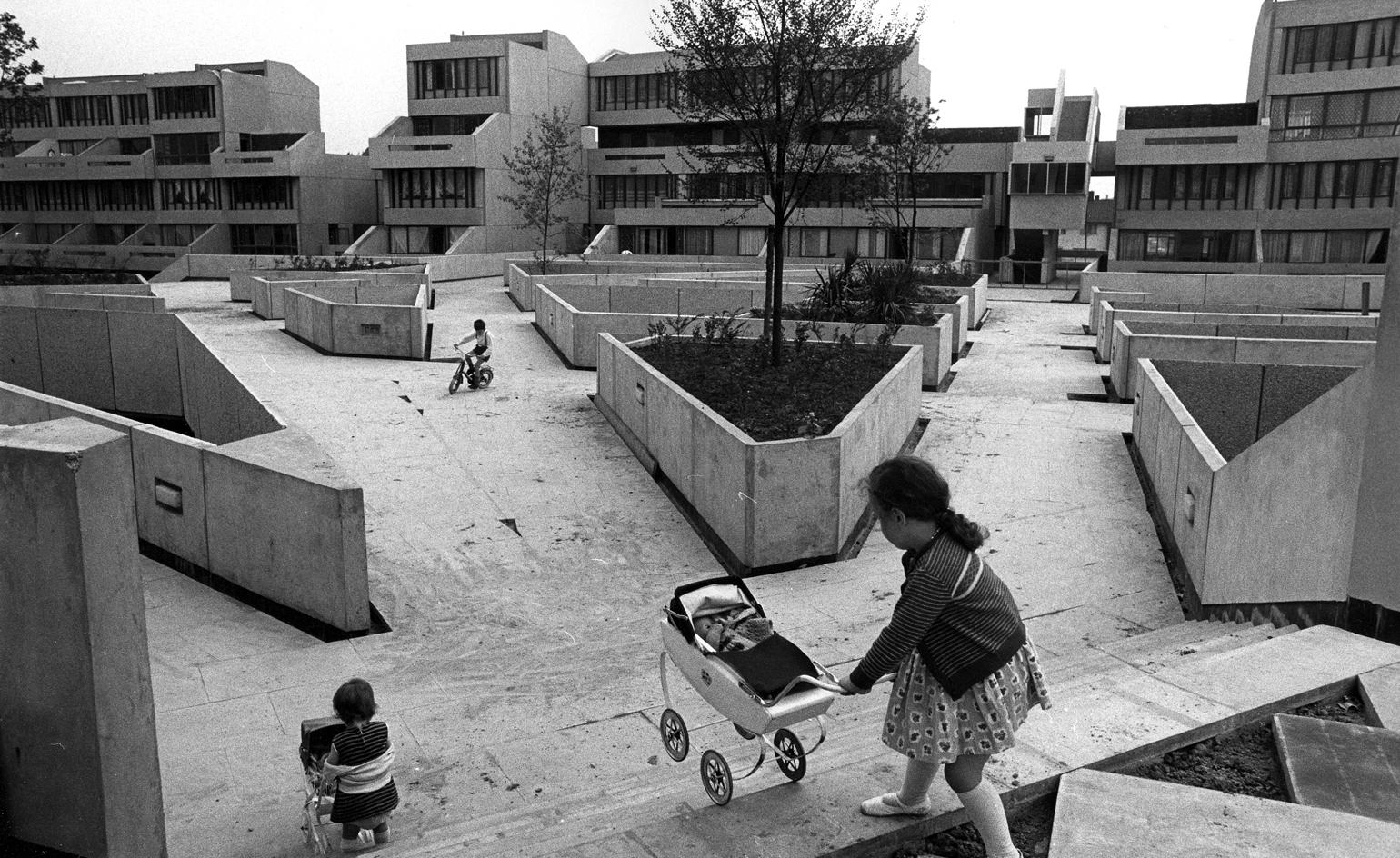
Children playing in the precinct of lowrise housing, Thamesmead, Greenwich, London, 1970s © the artist /RIBA Collections
The archival images draw from an under-explored catalogue of Tony Ray Jones' photography. In his tragically short career (which was cut short when he passed away at the age of 30), Ray Jones captured the idiosyncrasies of Britain's cities and seaside in a hugely influential way, inspiring artists like Martin Parr in both subject matter and style. His work on Thamesmead beautifully documents Britain's post war architectural moment as a set for social theatre.
Powerful brutalist structures frame each image. Children play with toy prams in a concrete maze. A series of imposing towers carve up the Postcrete-grey sky. There's a documentary quality to the imagery; which displays humanity without a hint of sentimentality. Throughout, the striking angles that zigzag the estate are highlighted; shocks of glass and concrete against the hazy south east London backdrop.
The contemporary counterpart – images by artist Nina Manandhar – also focus on both the residents of the estate and its structural make-up. Manandhar is concerned with Thamesmead's place in the imagination of its residents, looking from the inside out, rather than voyeuristically peering in. ‘What began as portrait commission to document the residents of Thamesmead ahead of the large scale regeneration has become a wider photographic exploration into everyday expressions of cultural activity which already exist, with a focus on how creativity is manifested through elements of personalisation,’ she explains.
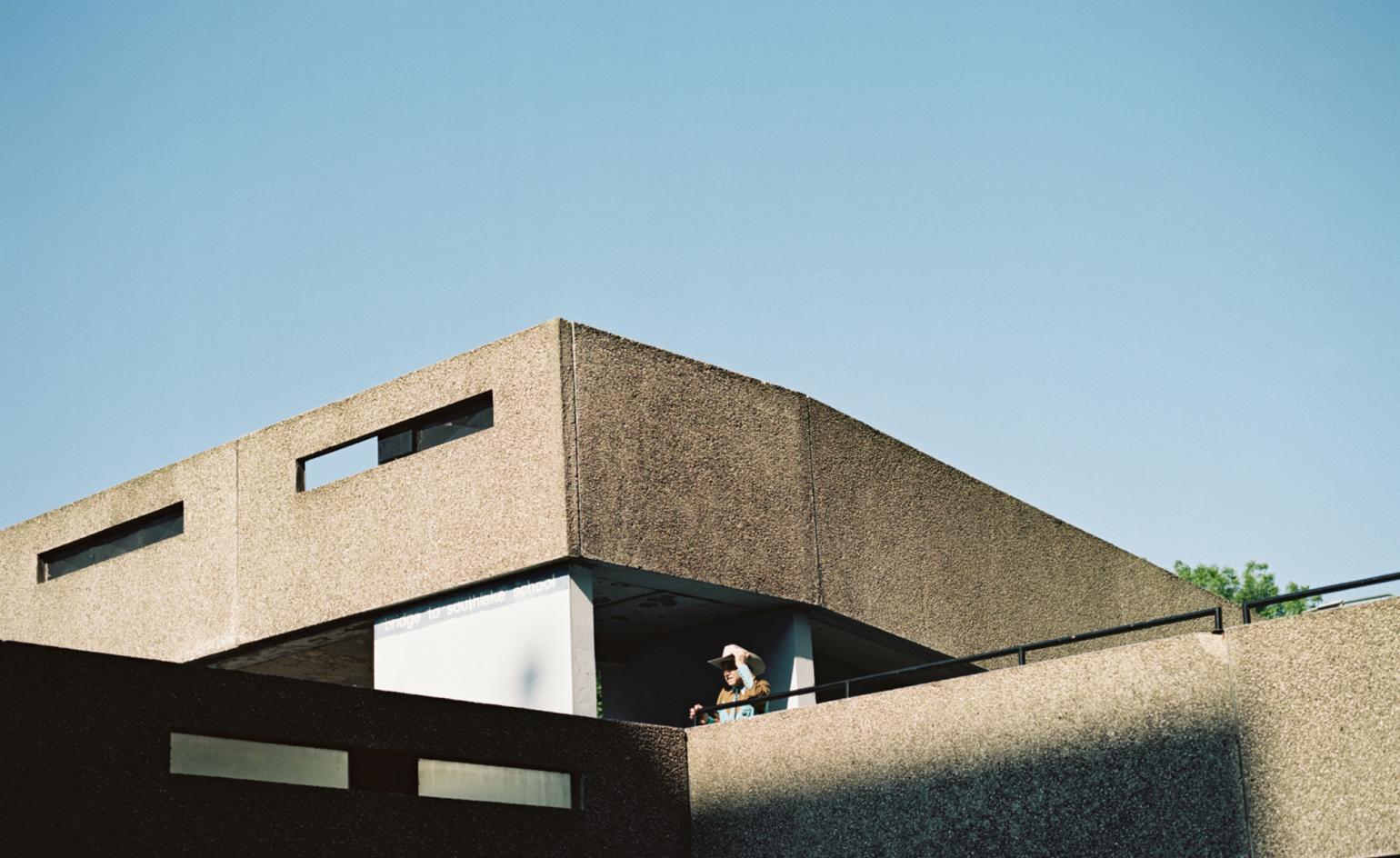
Anthony Okin.2017-19. © the artist
‘Since 2017 I have been working closely with the residents to explore how they re-imagine the landscape, and create their own spaces, behind the brutalist facade,' Manandhar continues. Her images brim with colourful characters. There's a joyful series on a 90-year old local called Anthony Okin, known as the ‘Thamesmead Cowboy’ (pictured above).
Elsewhere in her work, see Bharatnatyam performances by young dancers Neha and Ruhi; hear the wheel spin of Dave Dashwood’s eight classic cars; observe the customised Tudor frontages. Each photograph offers insight into how residents have carved their own identities into the otherwise immutable concrete landscape, creating spaces to live and grow. We look forward with interest to see how Peabody's upcoming architectural development will contribute to Thamesmead's history.

2017-19. © the artist
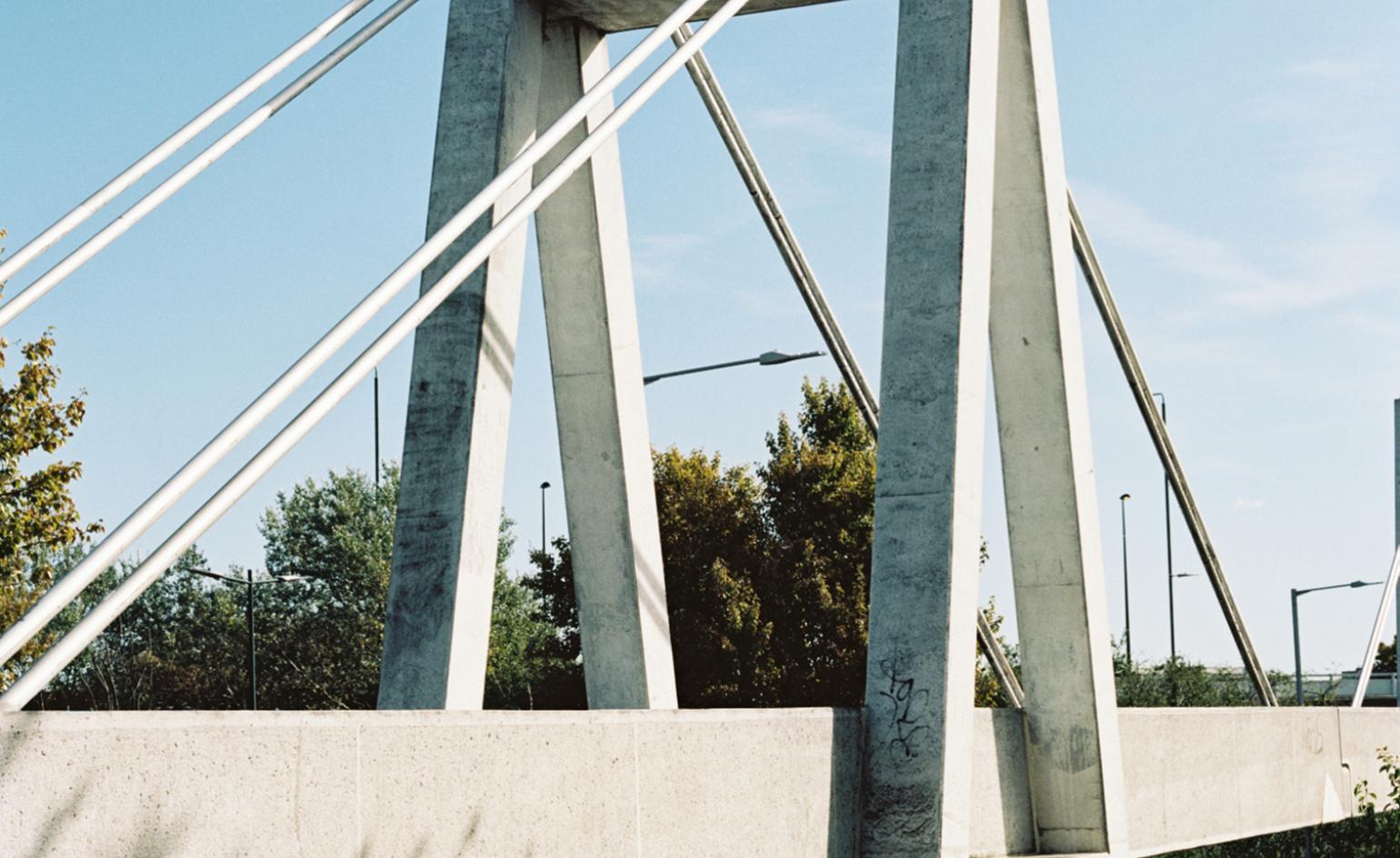
2017-19. © the artist
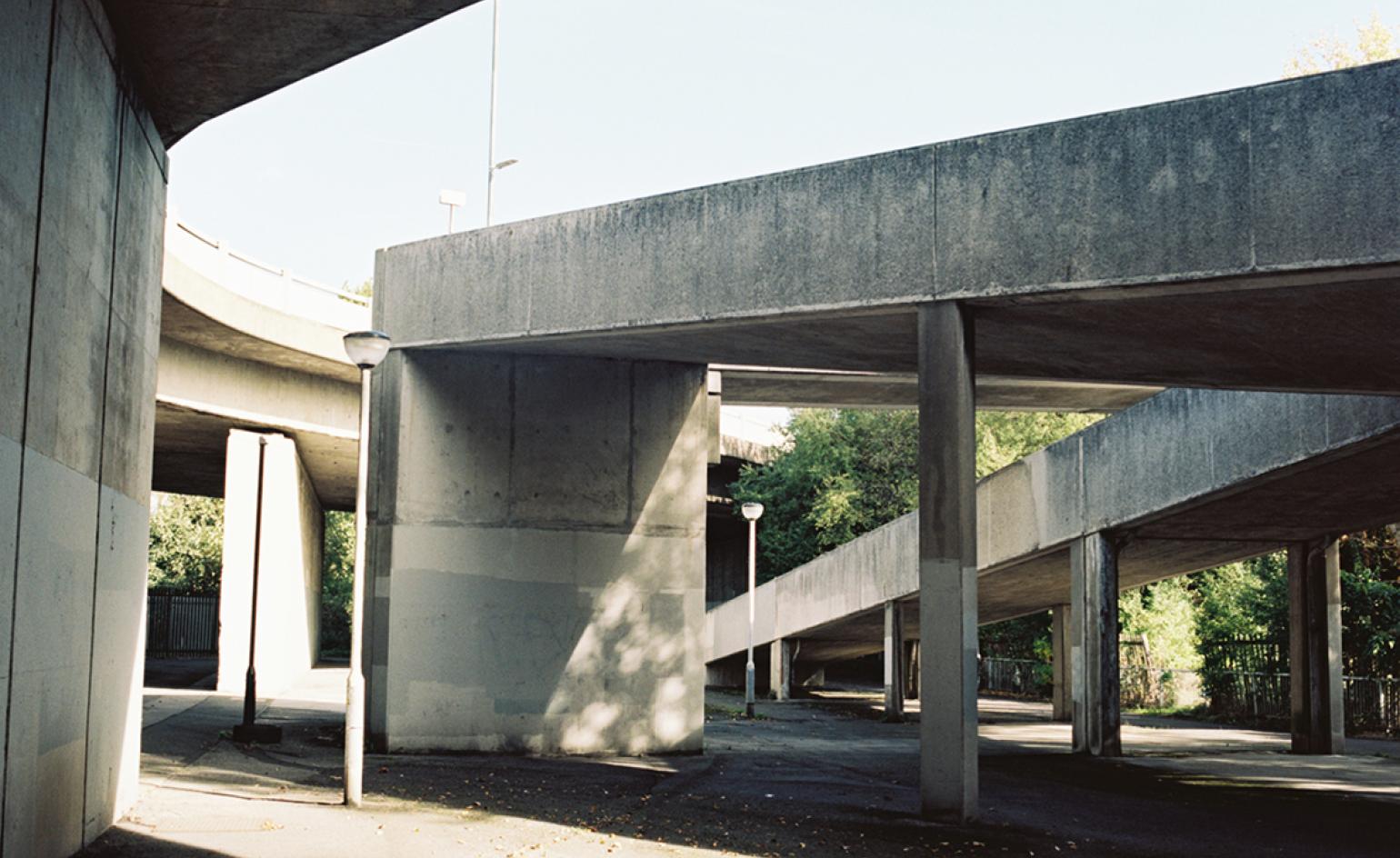
2017-19. © the artist
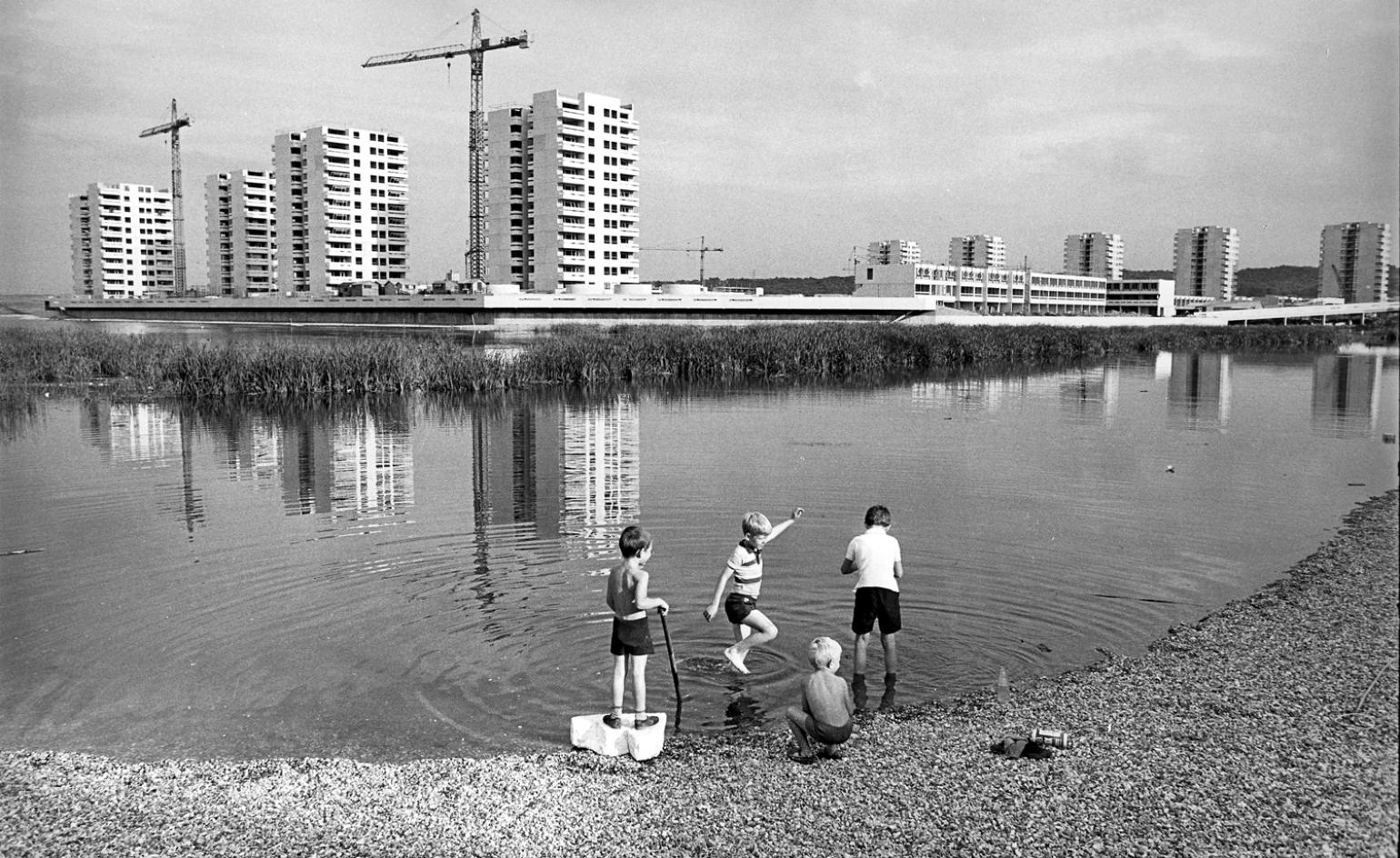

2017-19. © the artist
INFORMATION
‘Thamesmead: A Town For The 21st Century’ continues until 17 May 2019. For more information, visit the RIBA website
ADDRESS
Receive our daily digest of inspiration, escapism and design stories from around the world direct to your inbox.
RIBA First Floor Gallery
66 Portland Place
London, W1
Elly Parsons is the Digital Editor of Wallpaper*, where she oversees Wallpaper.com and its social platforms. She has been with the brand since 2015 in various roles, spending time as digital writer – specialising in art, technology and contemporary culture – and as deputy digital editor. She was shortlisted for a PPA Award in 2017, has written extensively for many publications, and has contributed to three books. She is a guest lecturer in digital journalism at Goldsmiths University, London, where she also holds a masters degree in creative writing. Now, her main areas of expertise include content strategy, audience engagement, and social media.
-
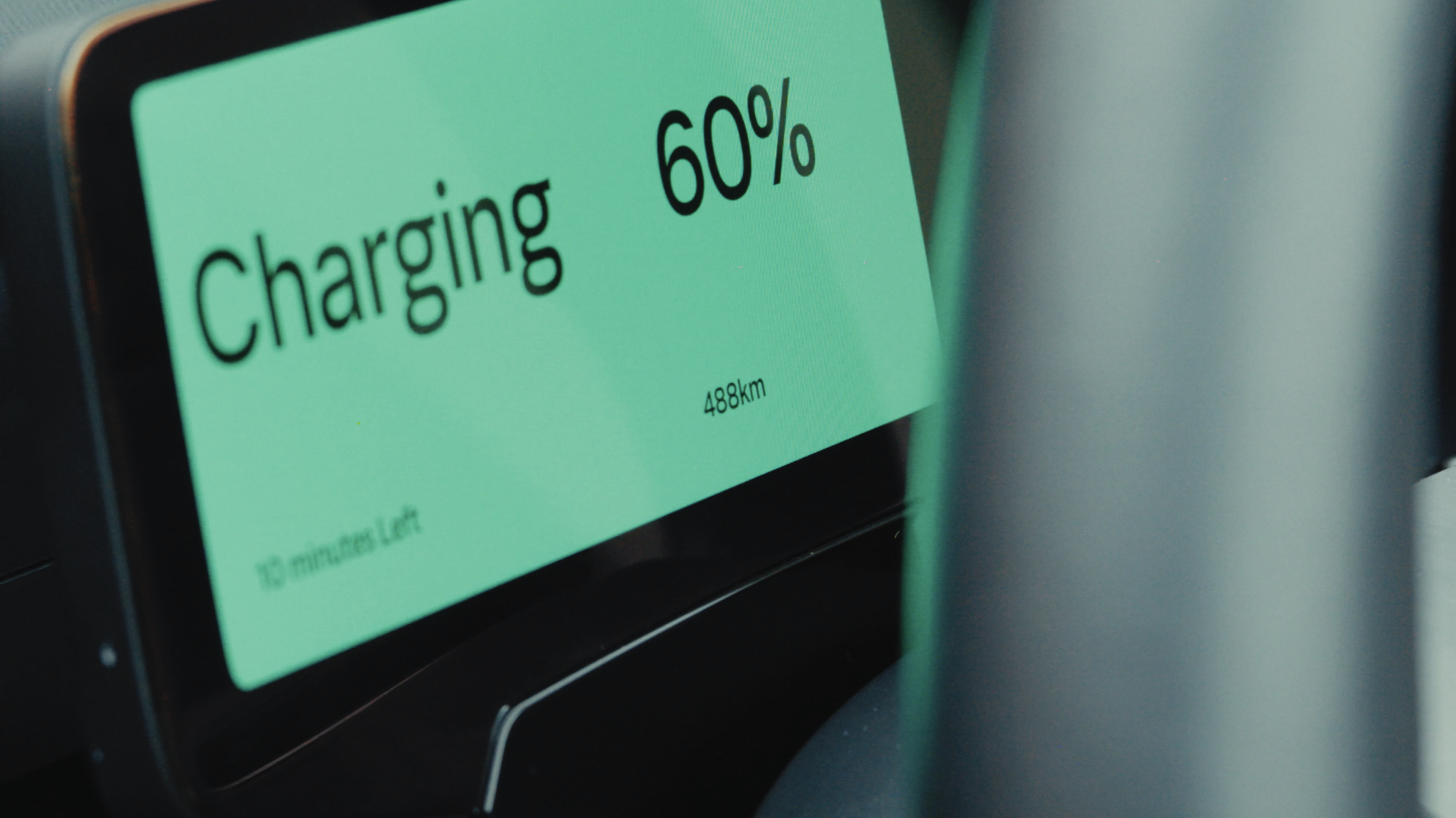 Volvo’s quest for safety has resulted in this new, ultra-legible in-car typeface, Volvo Centum
Volvo’s quest for safety has resulted in this new, ultra-legible in-car typeface, Volvo CentumDalton Maag designs a new sans serif typeface for the Swedish carmaker, Volvo Centum, building on the brand’s strong safety ethos
-
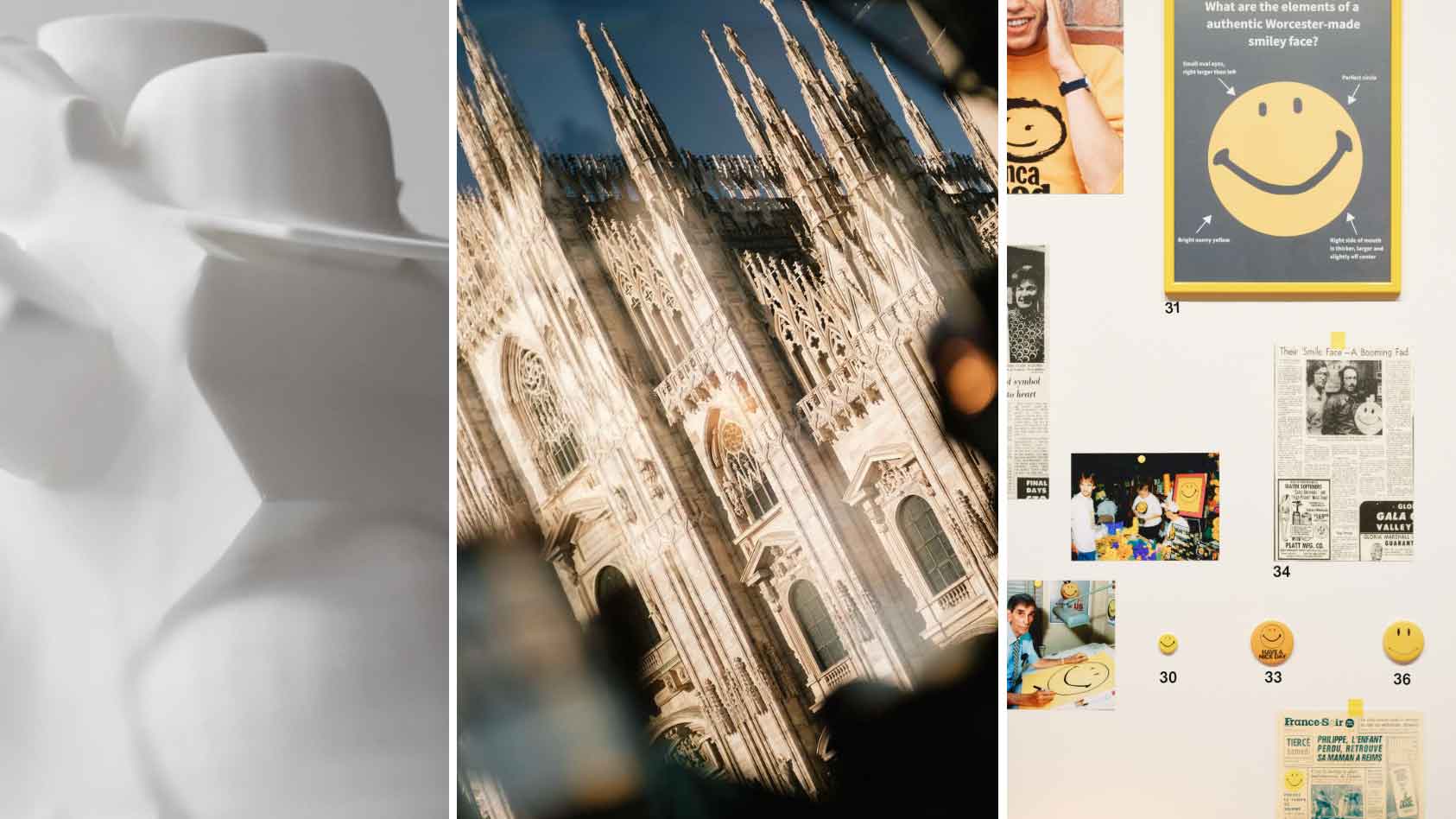 We asked six creative leaders to tell us their design predictions for the year ahead
We asked six creative leaders to tell us their design predictions for the year aheadWhat will be the trends shaping the design world in 2026? Six creative leaders share their creative predictions for next year, alongside some wise advice: be present, connect, embrace AI
-
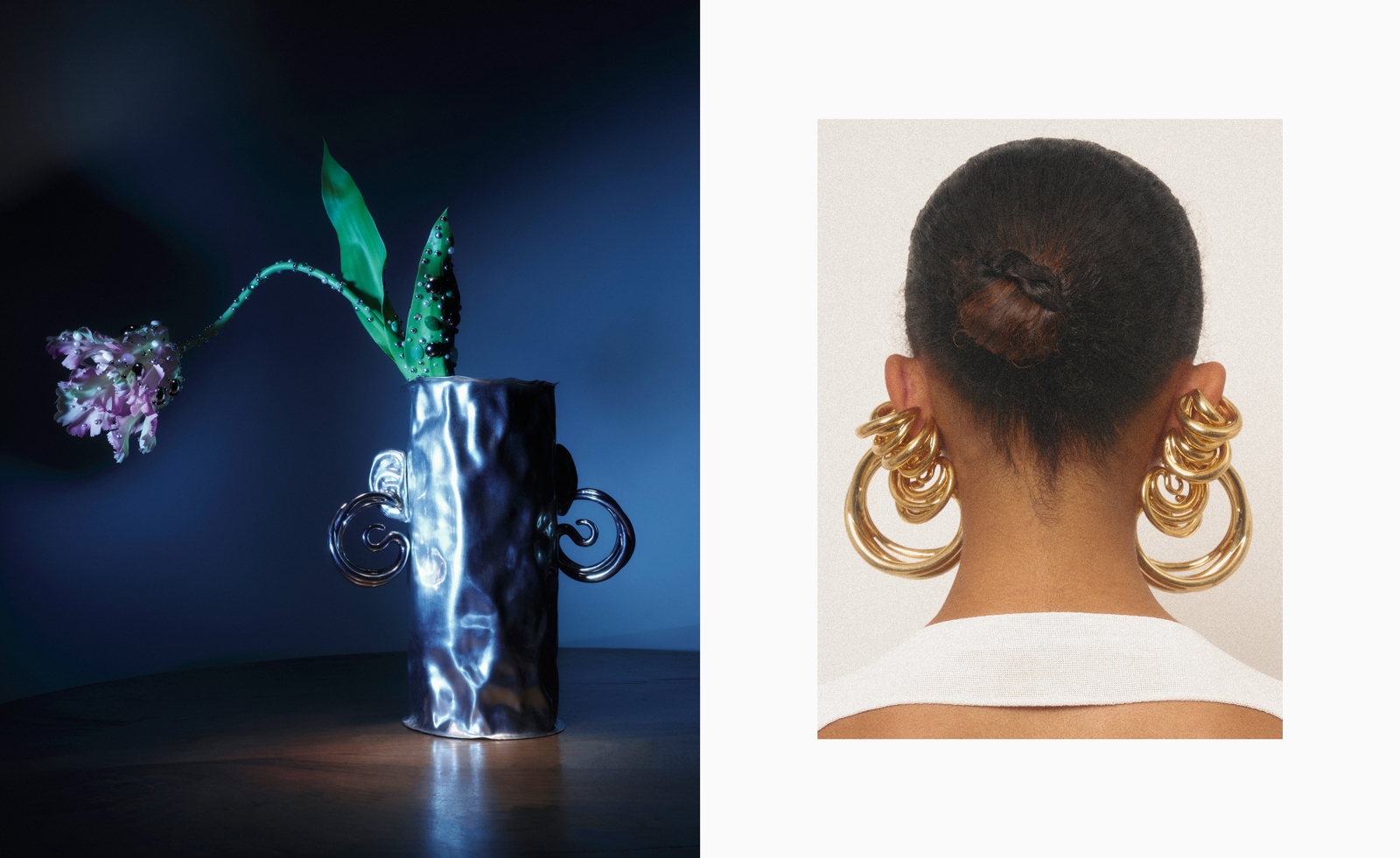 10 watch and jewellery moments that dazzled us in 2025
10 watch and jewellery moments that dazzled us in 2025From unexpected watch collaborations to eclectic materials and offbeat designs, here are the watch and jewellery moments we enjoyed this year
-
 In addition to brutalist buildings, Alison Smithson designed some of the most creative Christmas cards we've seen
In addition to brutalist buildings, Alison Smithson designed some of the most creative Christmas cards we've seenThe architect’s collection of season’s greetings is on show at the Roca London Gallery, just in time for the holidays
-
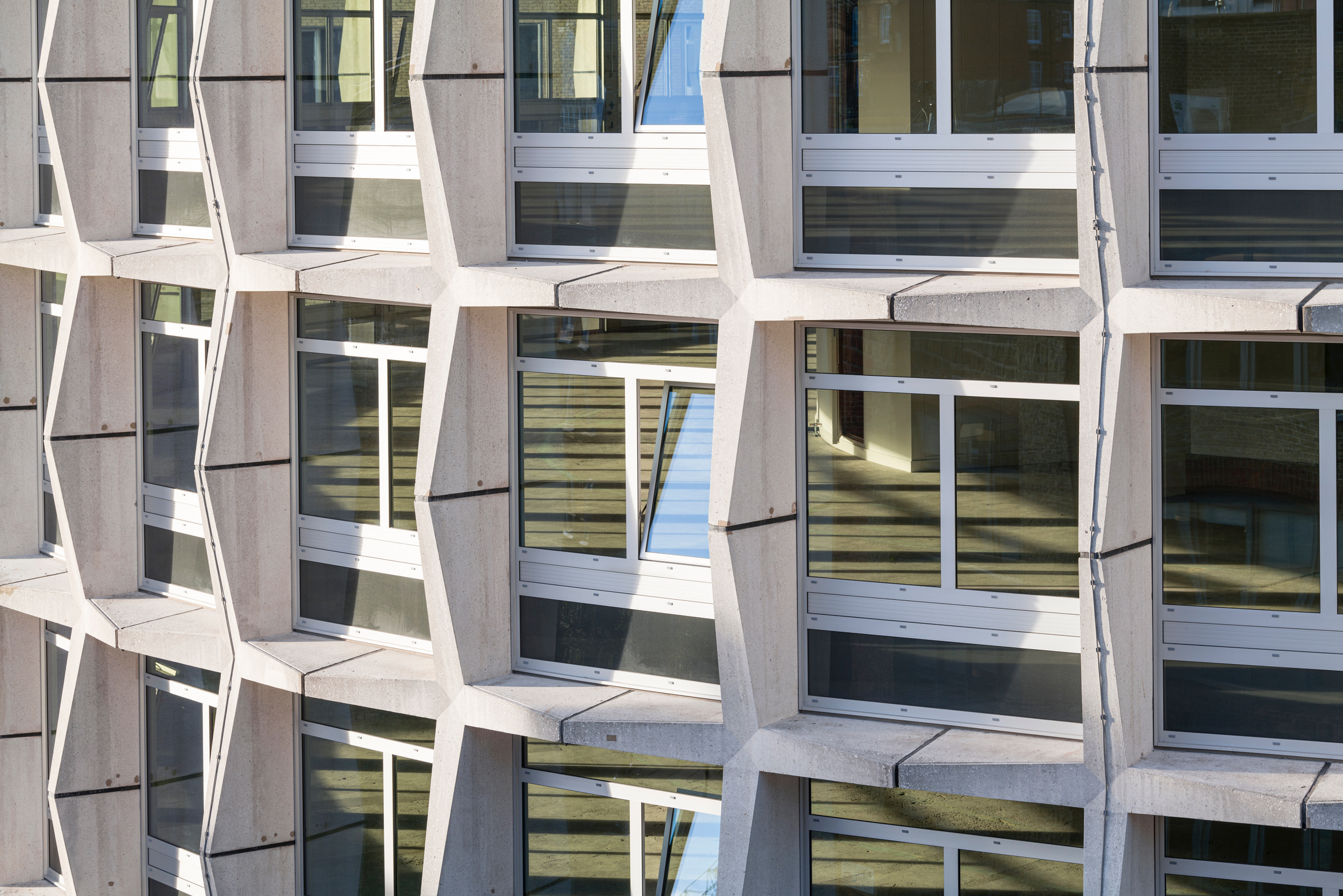 Richard Seifert's London: 'Urban, modern and bombastically brutalist'
Richard Seifert's London: 'Urban, modern and bombastically brutalist'London is full of Richard Seifert buildings, sprinkled with the 20th-century architect's magic and uncompromising style; here, we explore his prolific and, at times, controversial career
-
 The Architecture Edit: Wallpaper’s houses of the month
The Architecture Edit: Wallpaper’s houses of the monthFrom Malibu beach pads to cosy cabins blanketed in snow, Wallpaper* has featured some incredible homes this month. We profile our favourites below
-
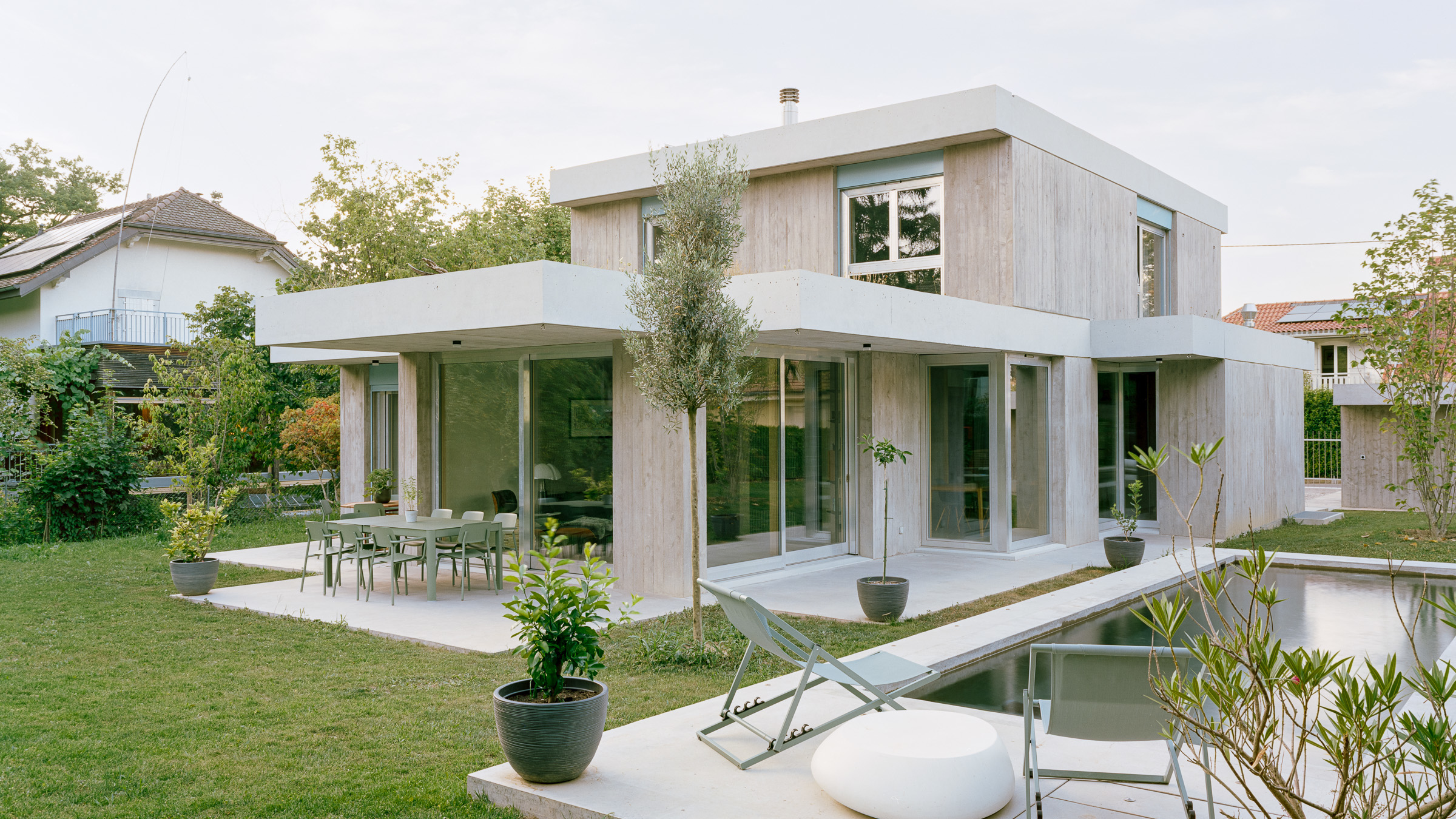 A neo-brutalist villa for an extended family elevates a Geneva suburb
A neo-brutalist villa for an extended family elevates a Geneva suburbLacroix Chessex Architectes pair cost-conscious concrete construction with rigorous details and spatial playfulness in this new villa near Geneva
-
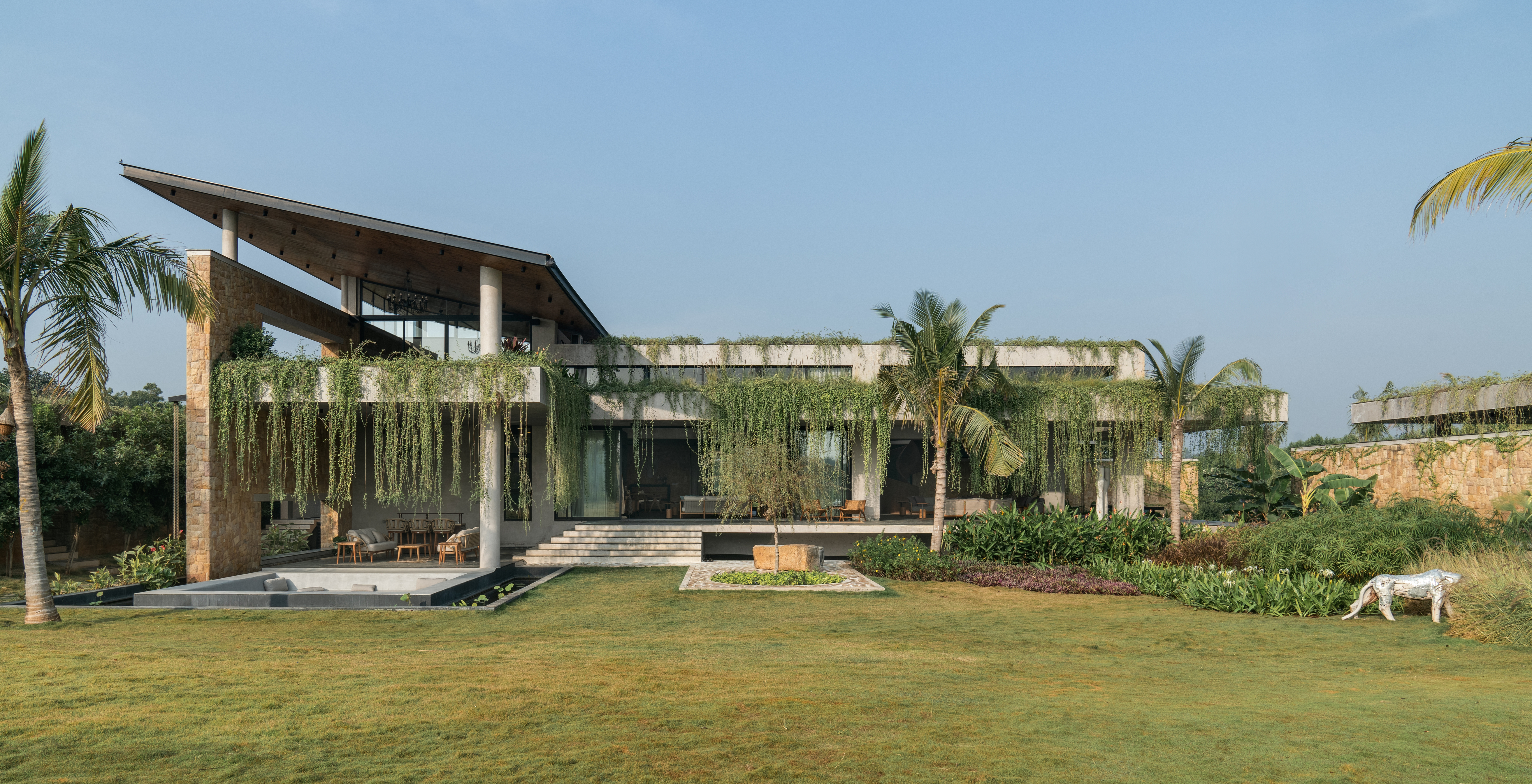 Cascading greenery softens the brutalist façade of this Hyderabad home
Cascading greenery softens the brutalist façade of this Hyderabad homeThe monolithic shell of this home evokes a familiar brutalist narrative, but designer 23 Degrees Design Shift softens the aesthetic by shrouding Antriya in lush planting
-
 Spice up the weekly shop at Mallorca’s brutalist supermarket
Spice up the weekly shop at Mallorca’s brutalist supermarketIn this brutalist supermarket, through the use of raw concrete, monolithic forms and modular elements, designer Minimal Studio hints at a critique of consumer culture
-
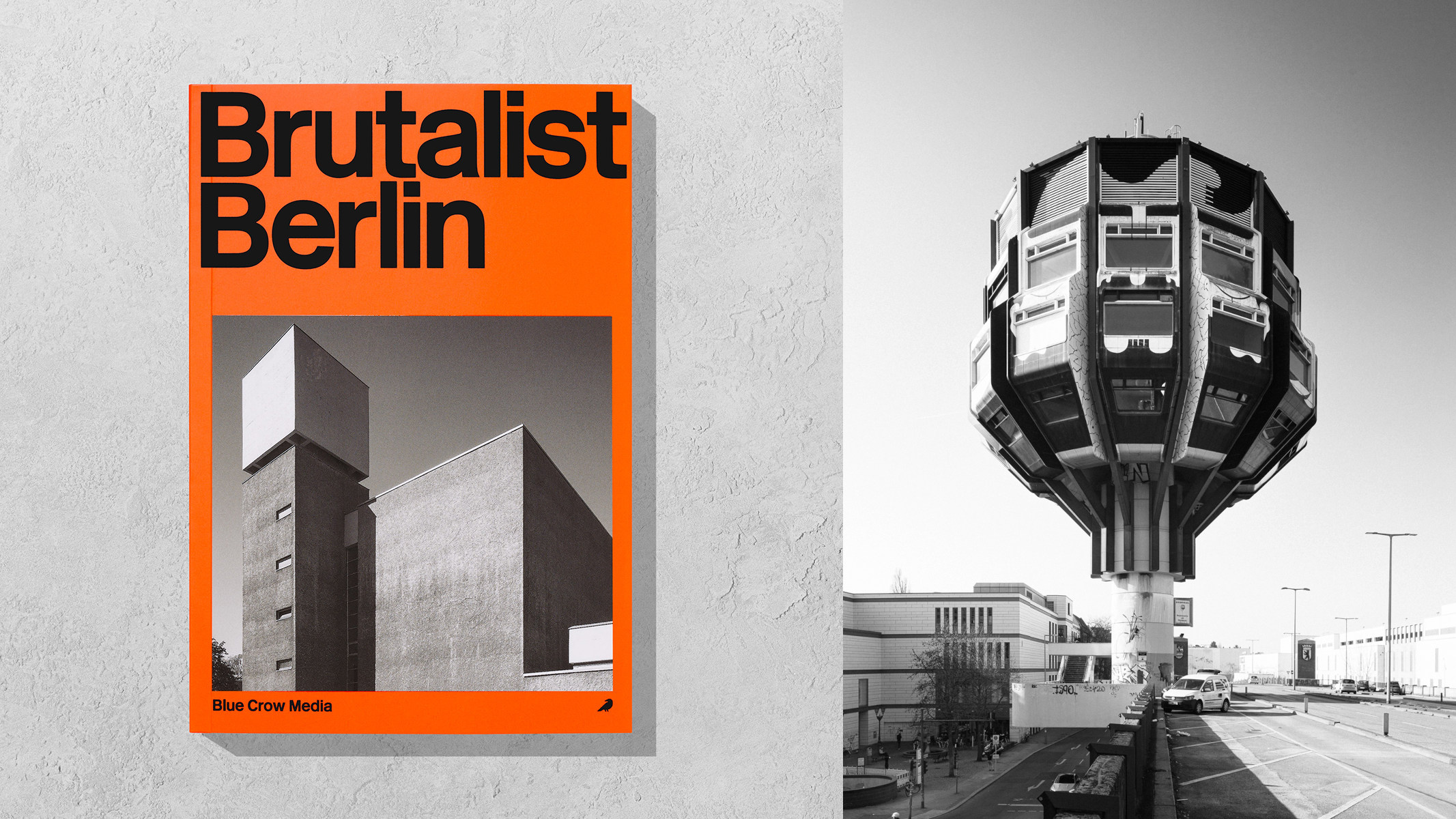 ‘Brutalist Berlin’ is an essential new guide for architectural tourists heading to the city
‘Brutalist Berlin’ is an essential new guide for architectural tourists heading to the cityBlue Crow Media’s ‘Brutalist Berlin’ unveils fifty of the German capital’s most significant concrete structures and places them in their historical context
-
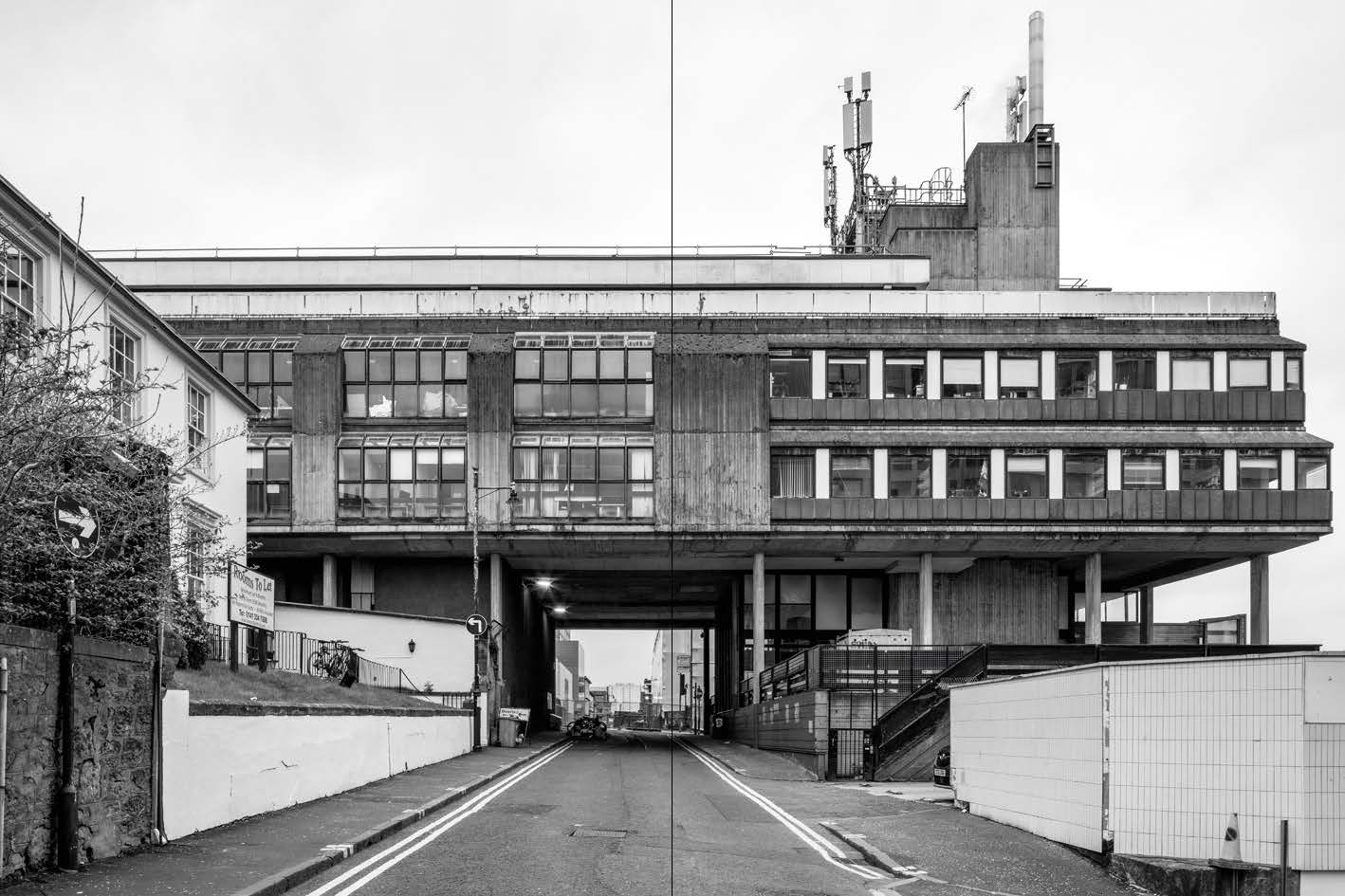 Celebrate the angular joys of 'Brutal Scotland', a new book from Simon Phipps
Celebrate the angular joys of 'Brutal Scotland', a new book from Simon Phipps'Brutal Scotland' chronicles one country’s relationship with concrete; is brutalism an architectural bogeyman or a monument to a lost era of aspirational community design?